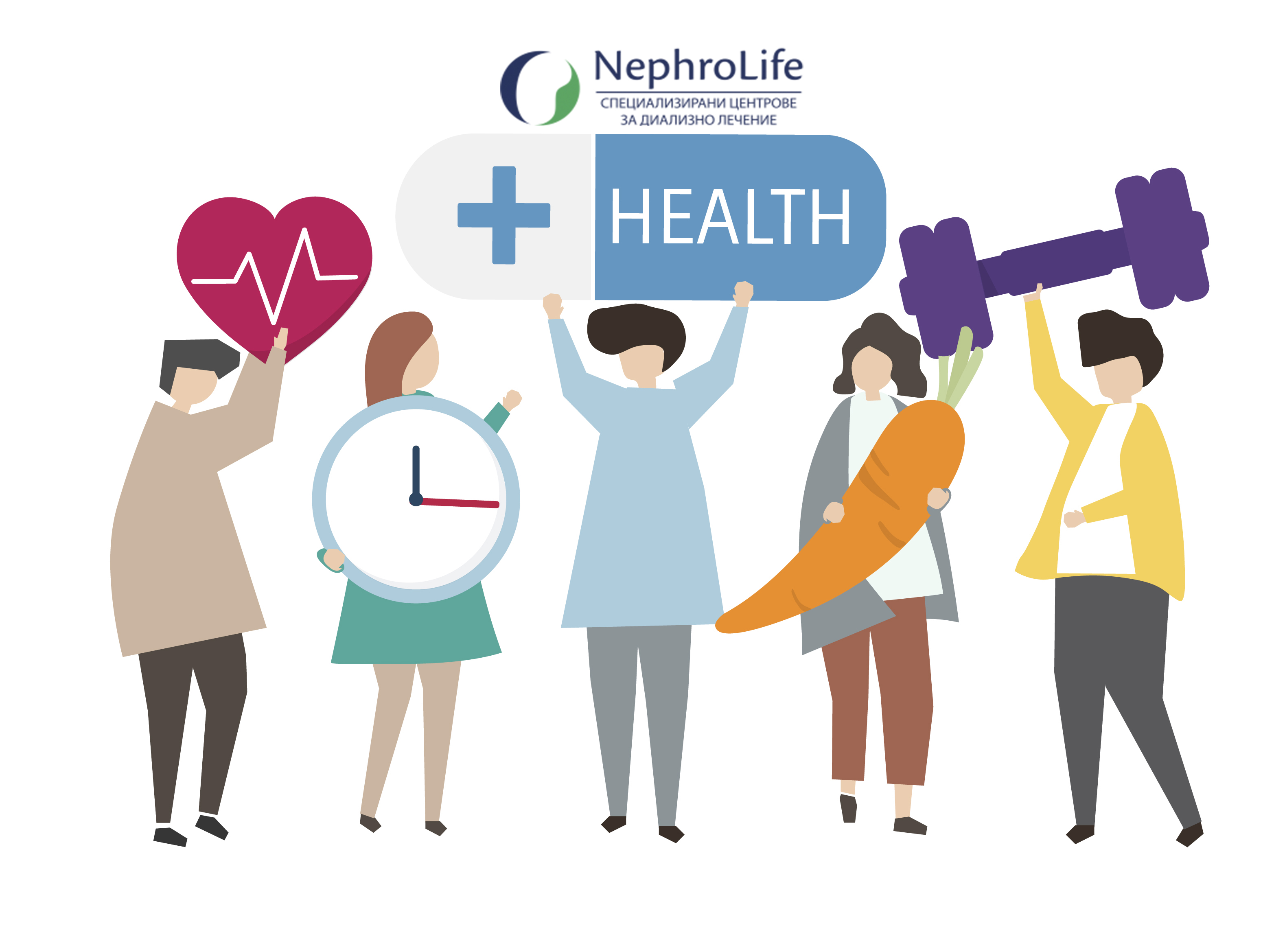The development of kidney disease can negatively affect many aspects of your life, including mental and general health.
Many people on dialysis feel that they cannot do sports or, more generally, exercise. The truth is that most dialysis patients CAN exercise. In fact, regular exercise and sport are a major factor in helping many people return to a “normal” lifestyle during dialysis. Increased activity and sports can help you feel better and even return to the activities you loved to do before starting life on dialysis.
Can I exercise if I’m on dialysis?
Yes, almost everyone who does dialysis can train. The type of exercise you choose depends on what type of dialysis you are doing, your medical condition, how active you are at the moment and what your preferences are.
Can I be active during dialysis treatment?
Yes, you can perform certain exercises during hemodialysis treatment (while connected to the dialysis machine). Some dialysis wards abroad even have exercise programs that patients can participate in. It is important to discuss the possibilities with your doctor before you start training while you are on dialysis. For a suitable program you can contact a physiotherapist or kinesitherapies to prepare a suitable individual plan.
What is the best exercise for dialysis patients?
Choose continuous activities such as walking, swimming, cycling, aerobic dancing or any other activity in which you need to constantly move large muscle groups. Low-level strengthening exercises can also be useful as part of your program.
Regular exercise is important for everyone – and this includes people with kidney disease.
The benefits of doing sports can refer to:
Increased sense of energy
Improved mood
Reduced stress
Better removal of urea from the blood during dialysis
Reduced feelings of discomfort and cramps











